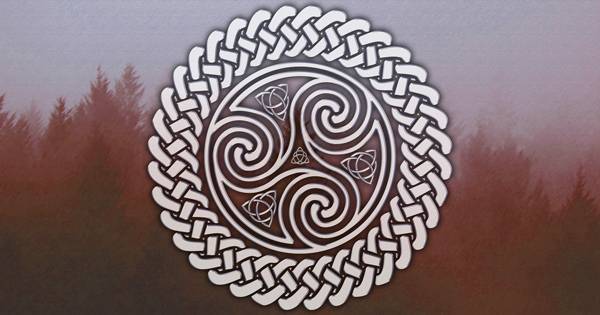The mysterious Triskele (or Triskelion), characterised by its triple spirals, has intrigued generations and continues to do so. One of the most ancient of Irish symbols, it can be found on the kerbstones of Newgrange which date back to Neolithic times around 3200 BC, before the Pyramids of Egypt.
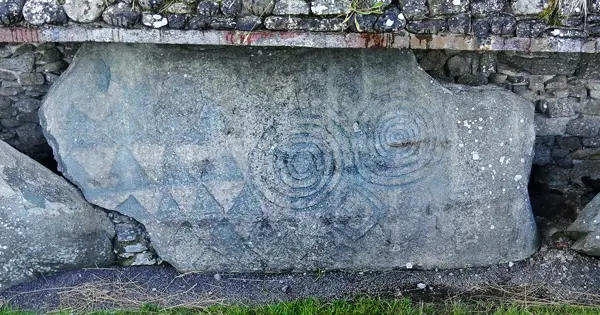
They also appear on coins and pottery from Ancient Greece in the form of three human legs. The Triskele is the symbol of Sicily, which in ancient times, used to be a Greek colony. It appears on the flag of Sicily and later became the flag of The Isle of Man.
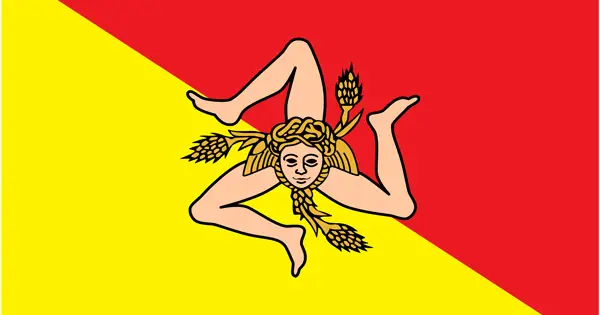
The Celts liked the symbol
The Celts were an ancient group of people who lived in different parts of Europe from around 800 BC. They were a diverse bunch, spanning across regions that now include Ireland, Scotland, Wales, England, France, Spain, and more. What’s interesting is that they weren’t a single united empire – rather, they were made up of many tribes and communities with their own unique cultures and languages.
The Celtic people were known for their creativity and strong sense of community. They loved storytelling, music, and art, and they were skilled warriors who often clashed with other cultures and civilizations in battles and conquests. They also had a deep connection with nature and believed in the spiritual significance of things like animals, trees, and certain symbols – like the Triskele!

One of the things that makes the Celts so intriguing is the impressive artwork they left behind. The Celts might not have left a single written history, but their influence on the world can be seen in the remnants of their craftsmanship and even in the traditions and cultures of the places they once called home.
The meaning of the Celtic Triskele
The Triskele is pre-Celtic in design, dating back to long before the Celts settled in Ireland. While it appeared in various cultures worldwide, it often took centre stage in Celtic realms. It was incorporated into Celtic culture and frequently appears in Celtic artwork. Among the beautiful brooches, pendants, and torcs, you’d often find the Triskele. This wasn’t just decoration; it was akin to a secret handshake among the Celts, a representation of a particular tribe or family.
![The Triskele on Celtic Disk [[File:Celtic Bronze Disc, Longban Island, Derry.jpg|Celtic_Bronze_Disc,_Longban_Island,_Derry]]](https://ireland-calling.com/wp-content/uploads/2023/08/Celtic_Bronze_Disc_Longban_Island_Derry.jpg)
One interpretation of the Triskele symbol is that it represents continuous movement or continuously moving forward, which fits in with the ancient Celts’ nomadic way of life. Another idea of the symbol’s meaning involves it representing the three realms: land, sea, and sky. These elements were also integral to the Celts’ way of life, and the Triskele became a visual portrayal of their connection.
The fact that the triskele consists of three spirals, or sometimes three legs, also adheres to the Celtic belief in the triad, that everything happens in threes; past, present, future: mother, father, child; body, mind and spirit.
Christians adopted the symbol
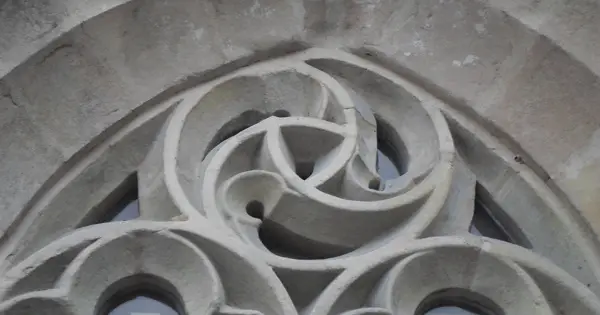
This would have made it fascinating to the Celts and easy to adopt into their culture.
Similarly, when the Christian church came to Ireland during the 5th century, they also adopted the Triskele symbol using it as a tool for teaching the Holy Trinity.
As Christianity spread throughout Europe, it encountered various pagan symbols and practices. Early Christian missionaries and religious leaders took notice of the Triskele. While converting people to Christianity, these missionaries often used familiar symbols and practices to connect the old and new beliefs.
The Triskele’s three spirals came to represent the Holy Trinity in Christianity – the Father, the Son, and the Holy Spirit. Representing the divine aspects of the Christian faith allowed the symbol a new layer of meaning that aligned with Christian theology.
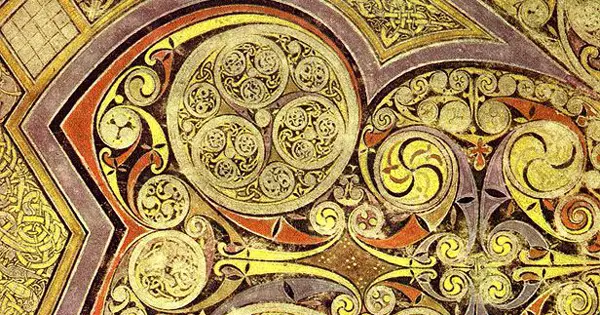
As time passed, the Triskele found its place in the art, architecture, and illuminated manuscripts of Christian Europe. For instance, you might come across the Triskele on ancient church doorways, stone carvings, and religious artefacts. The wonderfully ornate illustrations and calligraphy in the Book of Kells have inspired artists for centuries and are still highly influential today.
It’s funny to think that, ironically, the way cultures and belief systems borrow and adapt from one another actually relates more to the Celtic interpretation of the Triskele; continuously moving forward, than the Christian belief.
The Triskele in Today’s World
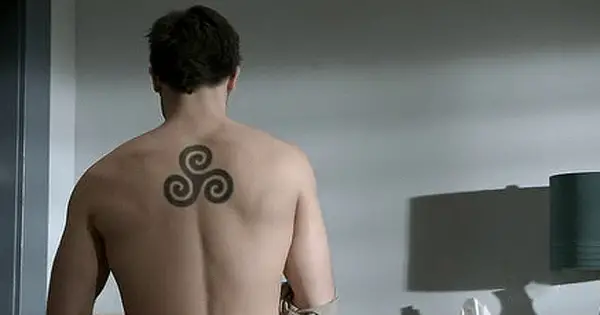
The Triskele has managed to keep up with the times. It has experienced a resurgence in the modern era capturing the imagination of artists, designers, and tattooists worldwide as a symbol of personal growth, change, and resilience. It is found on numerous items of jewellery, as well as modern neo-pagan and psychedelic artwork.
The Triskele in Popular Culture
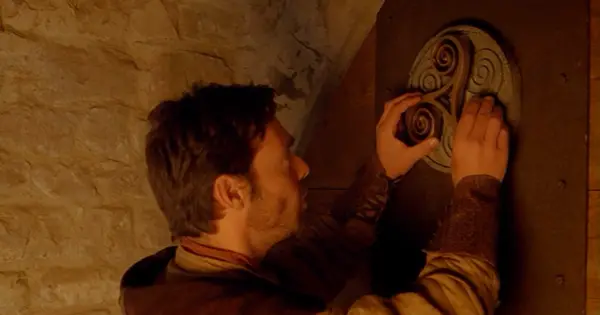
Many popular movies and TV shows have thrown in a Triskele to add a touch of ancient mystery. It’s like a little wink to history that filmmakers share with their audience. Some examples are the BBC series Merlin (2008-2012) and the US series Teenwolf (2011-2017). Both feature the triskele as a significant part of the storyline. And in the Marvel Cinematic Universe, the headquarters of S.H.I.E.L.D. is called The Triskelion.
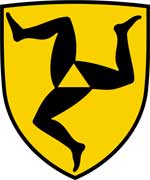
Variations of this symbol can be found on the national flags of The Isle of Man, Brittany and Sicily and on the coat of arms of Füssen in Germany. It is the basis for the badge of the Irish Air Corps and appears on the US Department of Transportation logo.
From its ancient beginnings to the Celts and the Christians, to its modern resurgence in movies and tattoos, this symbol is like a little piece of history that never gets old. It’s a reminder that life is constantly changing and even though we might be from different places and times, we’re all connected in some way.
